Home>Articles>Which Rungs Of A Step Ladder Are Not Safe To Stand On?
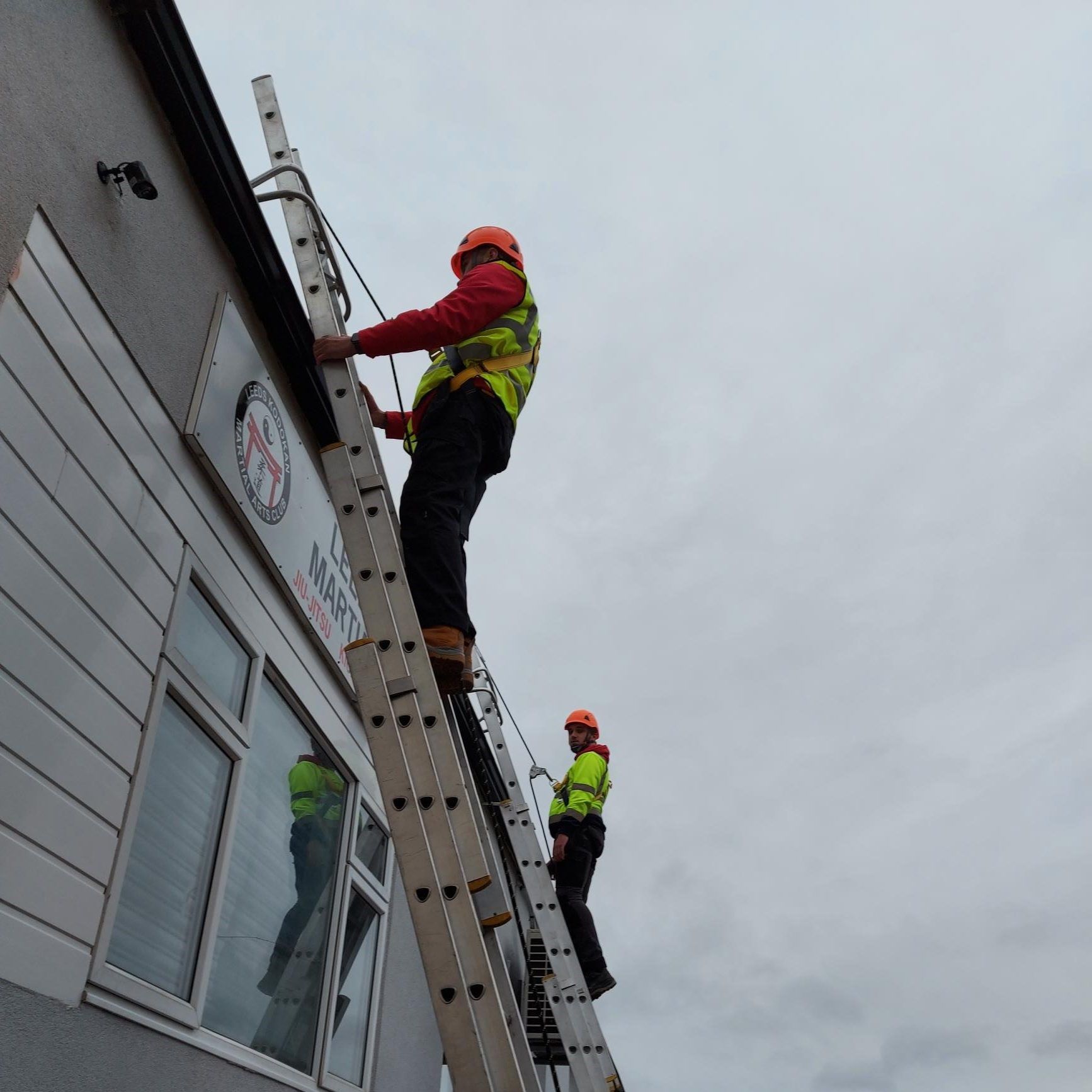

Articles
Which Rungs Of A Step Ladder Are Not Safe To Stand On?
Modified: December 7, 2023
Discover which rungs of a step ladder are deemed unsafe to stand on with our informative articles. Learn how to prioritize your safety and avoid accidents in this essential guide.
(Many of the links in this article redirect to a specific reviewed product. Your purchase of these products through affiliate links helps to generate commission for Storables.com, at no extra cost. Learn more)
Introduction
When it comes to working at height, step ladders are a common and convenient tool. They are lightweight, portable, and provide a stable platform for reaching elevated areas. However, it is crucial to understand the safety considerations associated with step ladders to prevent accidents and injuries.
In this article, we will explore the different rungs of a step ladder and identify which ones are not safe to stand on. By understanding these safety precautions, you can ensure a secure and stable working environment for yourself or your employees.
Whether you work in construction, maintenance, or any other industry that requires working at height, having a thorough understanding of step ladder safety is essential. Let’s dive in and explore the factors that contribute to a safe and stable step ladder experience.
Key Takeaways:
- Prioritize safety by avoiding standing on the top two rungs, damaged, unstable, wet, or improperly positioned rungs of a step ladder to minimize the risk of accidents and ensure a secure working environment.
- Understanding step ladder safety and following manufacturer’s guidelines are essential for identifying safe rungs and preventing accidents, falls, and injuries when working at height.
Read more: What Is A Rung Of A Ladder
Understanding Step Ladders
Before we delve into the safety considerations, it’s important to understand the basic structure and components of a step ladder. Step ladders consist of two sides, or stiles, connected by rungs. These rungs provide the steps on which you stand while using the ladder.
Step ladders are typically made of materials such as aluminum or fiberglass, which provide durability and strength. They come in various sizes and heights, with different weight capacities to accommodate a wide range of tasks.
One of the essential features of a step ladder is its stability. Step ladders have self-supporting A-frame designs, which means they can stand on their own without needing support from a wall or other structure.
Additionally, most step ladders have a spreader bar or a locking mechanism that keeps the ladder in an open position and ensures stability during use. It is crucial to inspect these locking mechanisms before climbing the ladder to ensure they are in proper working condition.
Now that we have a basic understanding of step ladders, let’s move on to discussing the safety precautions you should take when using them.
Safety Precautions
When working with step ladders, it is important to prioritize safety to minimize the risk of accidents. Here are some key safety precautions you should keep in mind:
- Choose the right ladder: Select a step ladder that is appropriate for the task at hand. Consider the height, weight capacity, and the type of work you will be performing. Make sure the ladder is in good condition and free from any defects.
- Inspect the ladder: Before using the ladder, inspect it for any damages or loose parts. Check the rungs, stiles, spreader bar, and any locking mechanisms to ensure they are in proper working condition. Do not use a ladder that is damaged or malfunctioning.
- Set up on a stable surface: Place the step ladder on a firm and level surface. Avoid using the ladder on uneven or slippery surfaces, as this can compromise its stability. If necessary, use leveling devices or a sturdy platform to ensure a stable setup.
- Maintain three points of contact: When climbing or descending the ladder, always maintain three points of contact. This means having two hands and one foot, or two feet and one hand, in contact with the ladder at all times. This reduces the risk of losing balance and falling.
- Do not overreach: Avoid leaning or stretching too far while standing on the ladder. Instead, reposition the ladder closer to your working area to maintain balance and stability. Overreaching can lead to a loss of stability and increase the risk of falling.
- Use the ladder properly: Follow the manufacturer’s instructions for safe use of the ladder. Never stand on the top rung or use the ladder as a support for scaffolding. Do not exceed the ladder’s weight capacity or use it for tasks that it is not designed for.
- Keep the work area clear: Clear the area around the step ladder of any obstacles, debris, or clutter that can interfere with your movement or stability. This includes cords, tools, or other objects that may cause tripping hazards.
- Use personal protective equipment (PPE): Depending on the nature of the task, wearing appropriate PPE such as non-slip shoes, a hard hat, or safety goggles may be necessary to protect yourself from potential hazards.
By following these safety precautions, you can greatly reduce the risk of accidents and create a safer working environment when using a step ladder.
Do not stand on the top two rungs of a step ladder, as it can lead to loss of balance and potential falls. Always maintain three points of contact and follow the ladder’s safety guidelines.
Identifying Safe Rungs
When using a step ladder, it is important to identify the safe rungs on which you can stand with confidence. The rungs are the steps that provide the support and stability for climbing and working at height.
Typically, step ladders have a series of rungs evenly spaced along the stiles. To identify the safe rungs, you need to look for the rungs that are structurally designed to bear your weight and provide a secure foothold. These rungs are typically wider and sturdier compared to the rest of the ladder.
A good rule of thumb is to avoid standing on the top two rungs of a step ladder. These rungs are generally narrower and may not provide the same level of stability as the lower rungs. The top two rungs are often marked or labeled as “not a step” to indicate that they are not intended for standing.
Instead, focus on the rungs below the top two levels. These rungs are designed to handle the weight and offer a secure platform for standing. They are wider, usually covered with non-slip material, and can better distribute your weight across the ladder.
When identifying safe rungs, it’s always a good idea to refer to the manufacturer’s guidelines. They usually provide specific instructions on which rungs are intended for standing and which should be avoided.
Additionally, inspect the rungs for any signs of damage or wear. Look for any cracks, splintering, or bending that could compromise their structural integrity. If you notice any issues, do not use the ladder and arrange for repairs or replacement.
Remember, identifying the safe rungs is just the first step. It is equally important to follow the safety precautions we discussed earlier to ensure a secure and stable working environment when using a step ladder.
Rungs to Avoid Standing On
While the lower rungs of a step ladder are designed to provide stability and support, there are certain rungs that should be avoided for standing. Standing on these rungs can compromise your safety and increase the risk of accidents. Here are the rungs to avoid:
- Top two rungs: The top two rungs of a step ladder are typically narrower and less stable compared to the lower rungs. They are generally marked or labeled as “not a step” by the manufacturer to indicate that they are not designed for standing. Avoid using these rungs as a foothold or platform.
- Damaged rungs: Inspect all the rungs of the ladder for any signs of damage or wear. If you come across rungs that are cracked, splintered, or bent, do not stand on them. Damaged rungs are a safety hazard and can lead to a loss of stability or structural failure of the ladder.
- Unstable rungs: Occasionally, certain rungs may become loose or unstable due to prolonged use or mishandling. If you notice any rungs that wobble or feel unstable when pressure is applied, do not use them for standing. Unstable rungs can lead to accidents and increase the risk of falls.
- Wet or slippery rungs: If the rungs of the ladder are wet or slippery, it is best to avoid standing on them. Moisture or slippery substances can reduce the traction of your footwear, increasing the likelihood of slips and falls. Ensure that the rungs are dry and free from any substances that may cause them to become slippery.
- Improperly positioned rungs: Some step ladders allow users to adjust the position of the rungs to suit their needs. However, it is important to follow the manufacturer’s guidelines and avoid positioning the rungs in an unsafe manner. Improperly positioned rungs can compromise the ladder’s stability and make standing on them unsafe.
It is crucial to exercise caution and common sense when using a step ladder. Always prioritize your safety and adhere to the manufacturer’s instructions regarding the safe use of the ladder.
Remember, standing on the wrong rungs can lead to accidents and injuries. By avoiding the rungs mentioned above and using the ladder properly, you can minimize the risk of accidents and ensure a safer working environment.
Read more: What Is Ladder Rungs
Conclusion
Working with step ladders can be a common part of many industries and tasks that involve working at height. It is crucial to prioritize safety and understand which rungs of a step ladder are safe to stand on.
By familiarizing yourself with the structure and components of a step ladder, you can better understand the importance of using the ladder correctly. Remember to choose the right ladder for the task, inspect it before use, and set it up on a stable surface.
Following safety precautions, such as maintaining three points of contact, avoiding overreaching, and using personal protective equipment, will significantly reduce the risk of accidents. Clearing the work area and using the ladder properly are essential steps in ensuring a safe and secure working environment.
Identifying the safe rungs is a crucial aspect of step ladder safety. While the lower rungs of a step ladder provide stability and support, it is important to avoid standing on the top two rungs, damaged rungs, unstable rungs, wet or slippery rungs, and improperly positioned rungs.
Always refer to the manufacturer’s guidelines and inspect the ladder for any signs of damage or wear. By exercising caution and using the ladder correctly, you can greatly reduce the risk of accidents, falls, and injuries.
Remember, safety should always be the top priority when working at height. By understanding step ladder safety and identifying the safe rungs to stand on, you can ensure a secure and stable working environment for yourself and others, minimizing the risk of accidents and promoting a culture of safety.
Frequently Asked Questions about Which Rungs Of A Step Ladder Are Not Safe To Stand On?
Was this page helpful?
At Storables.com, we guarantee accurate and reliable information. Our content, validated by Expert Board Contributors, is crafted following stringent Editorial Policies. We're committed to providing you with well-researched, expert-backed insights for all your informational needs.
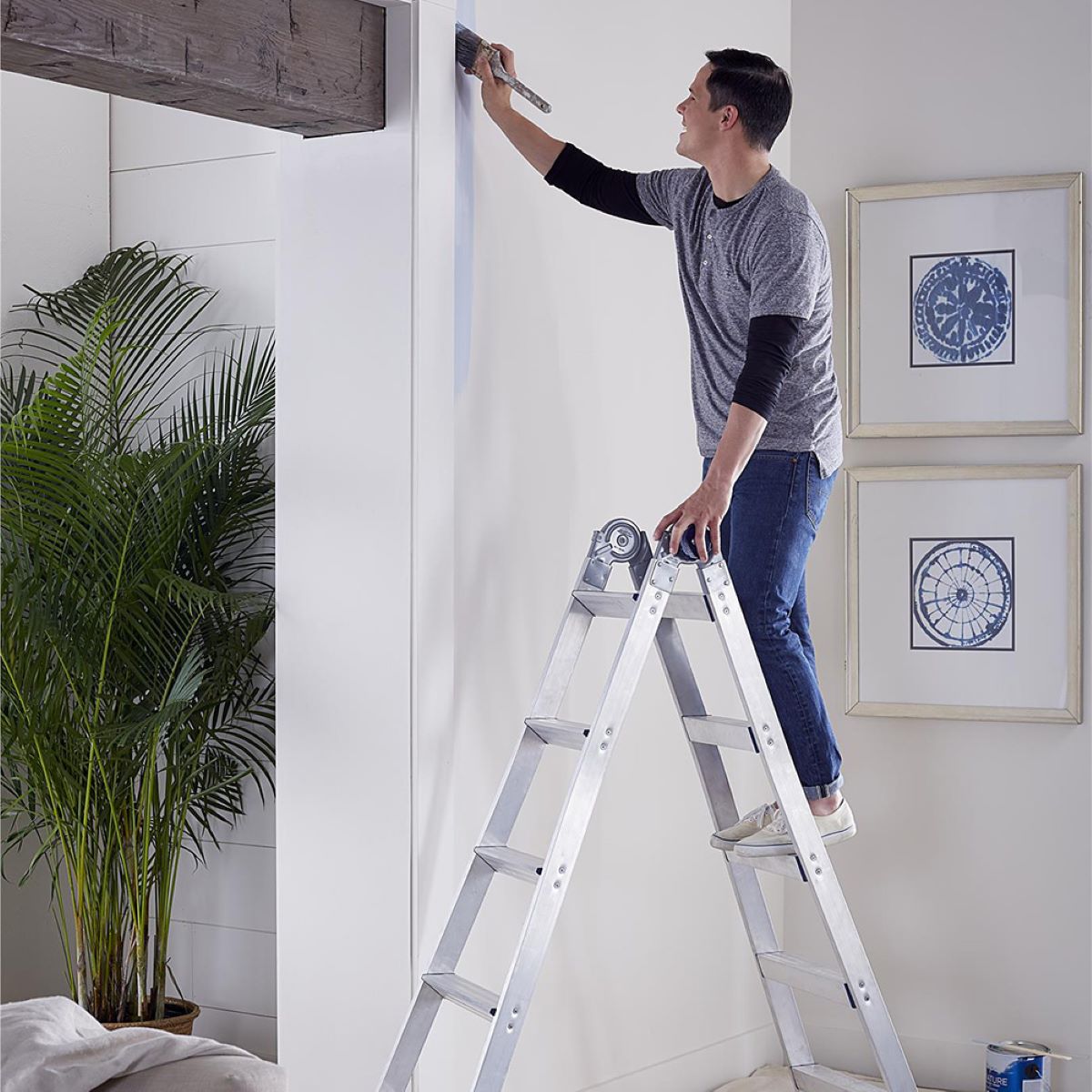
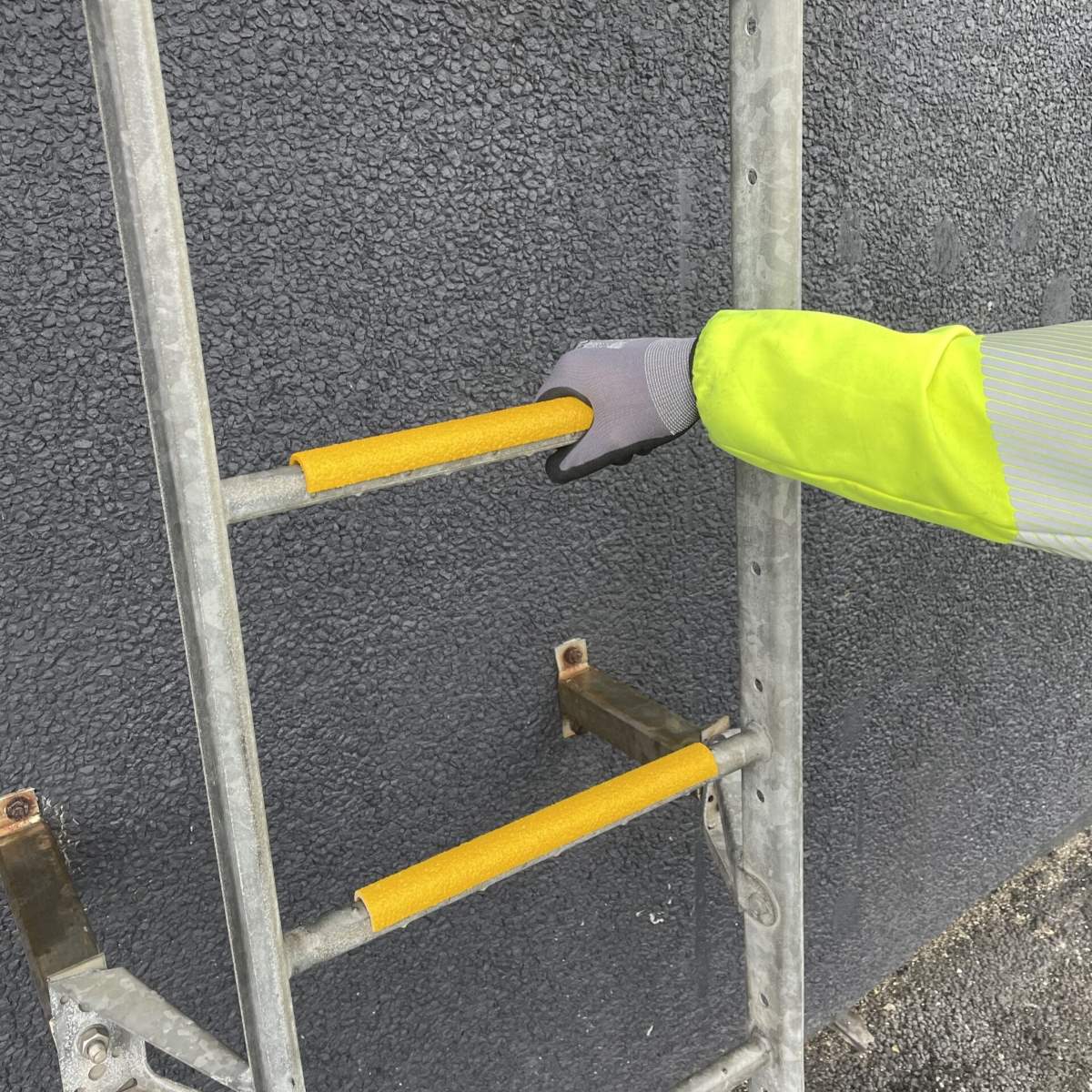
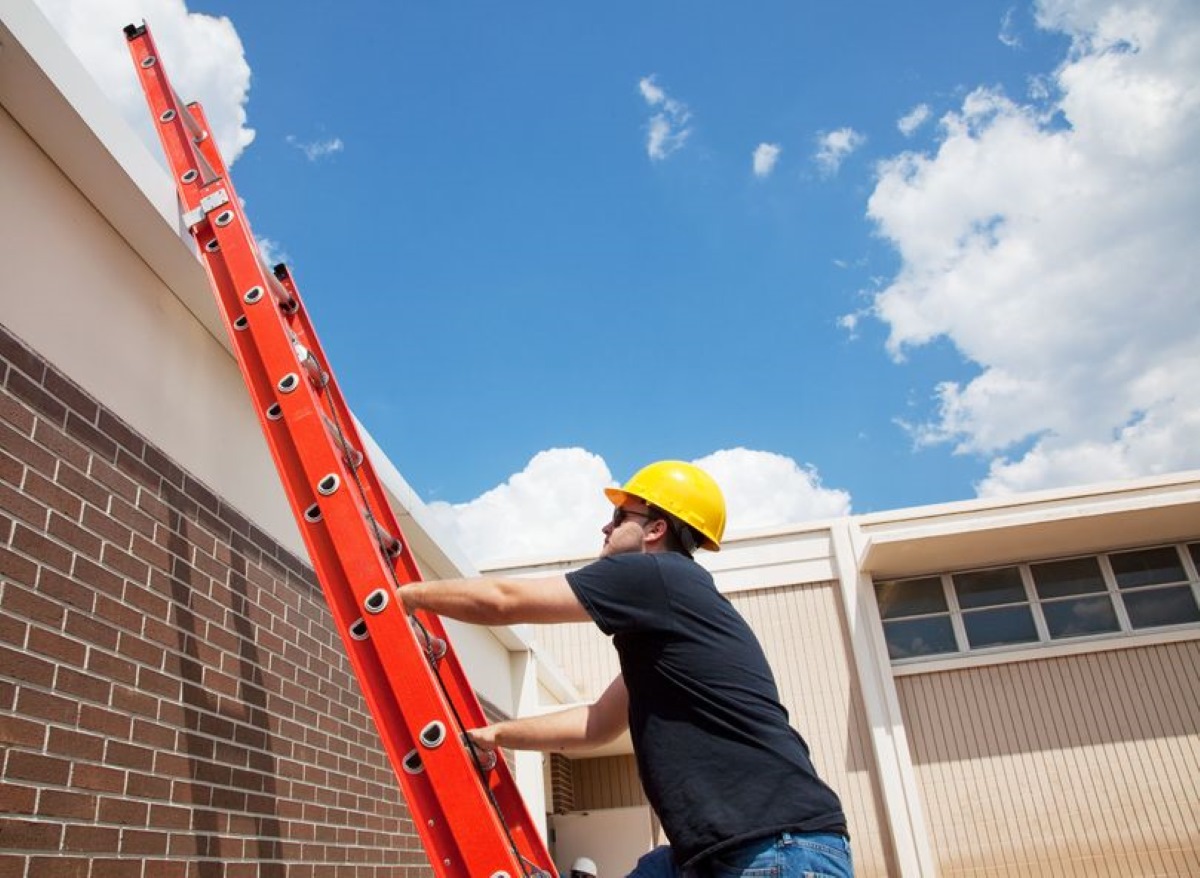
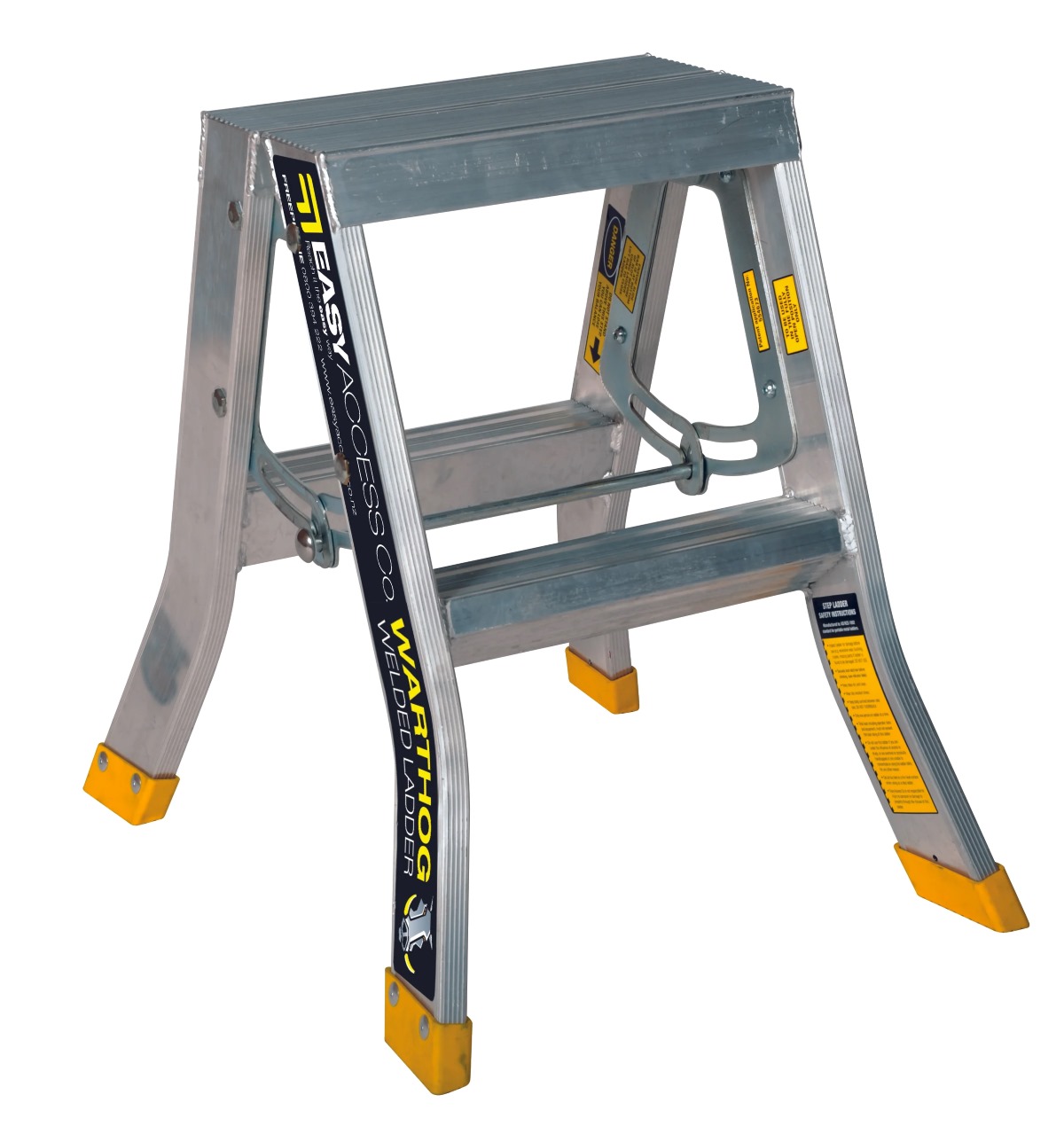
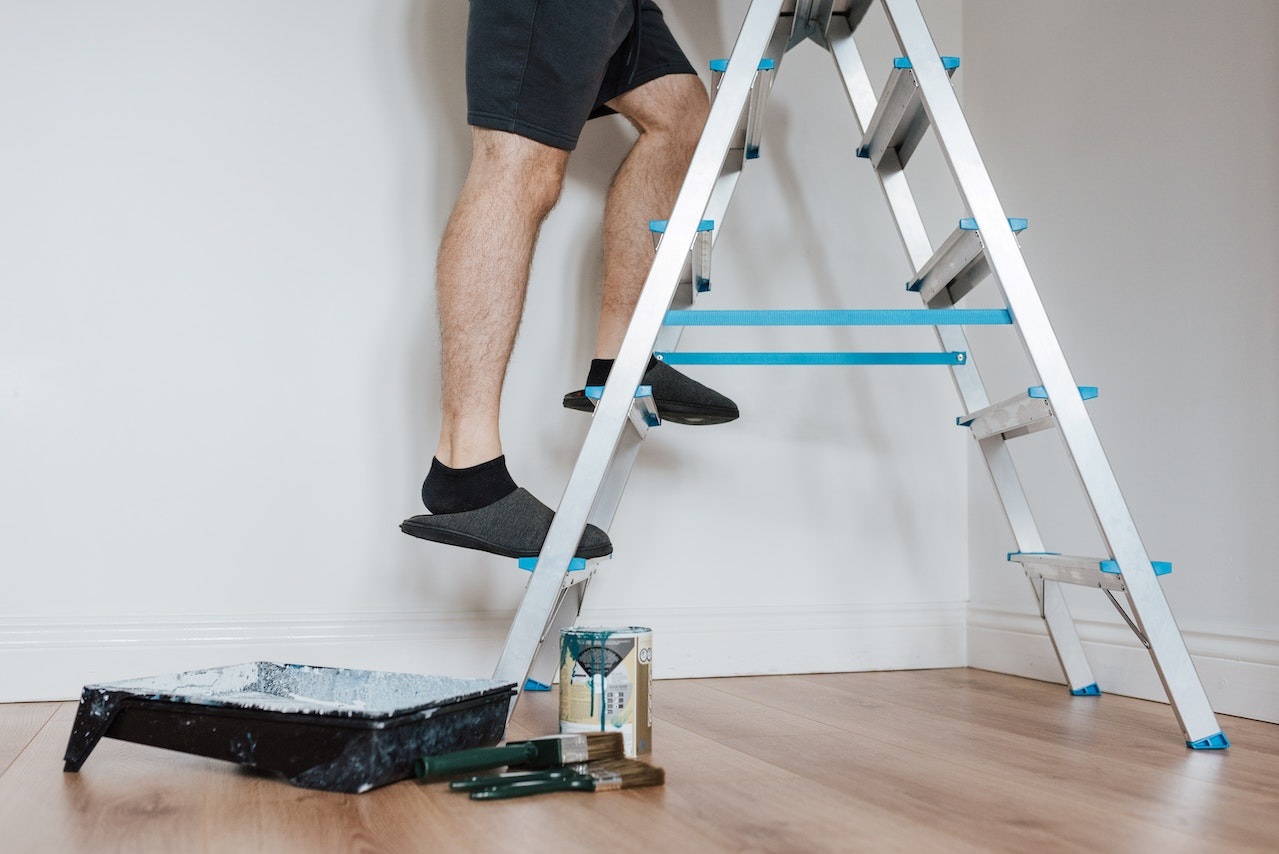
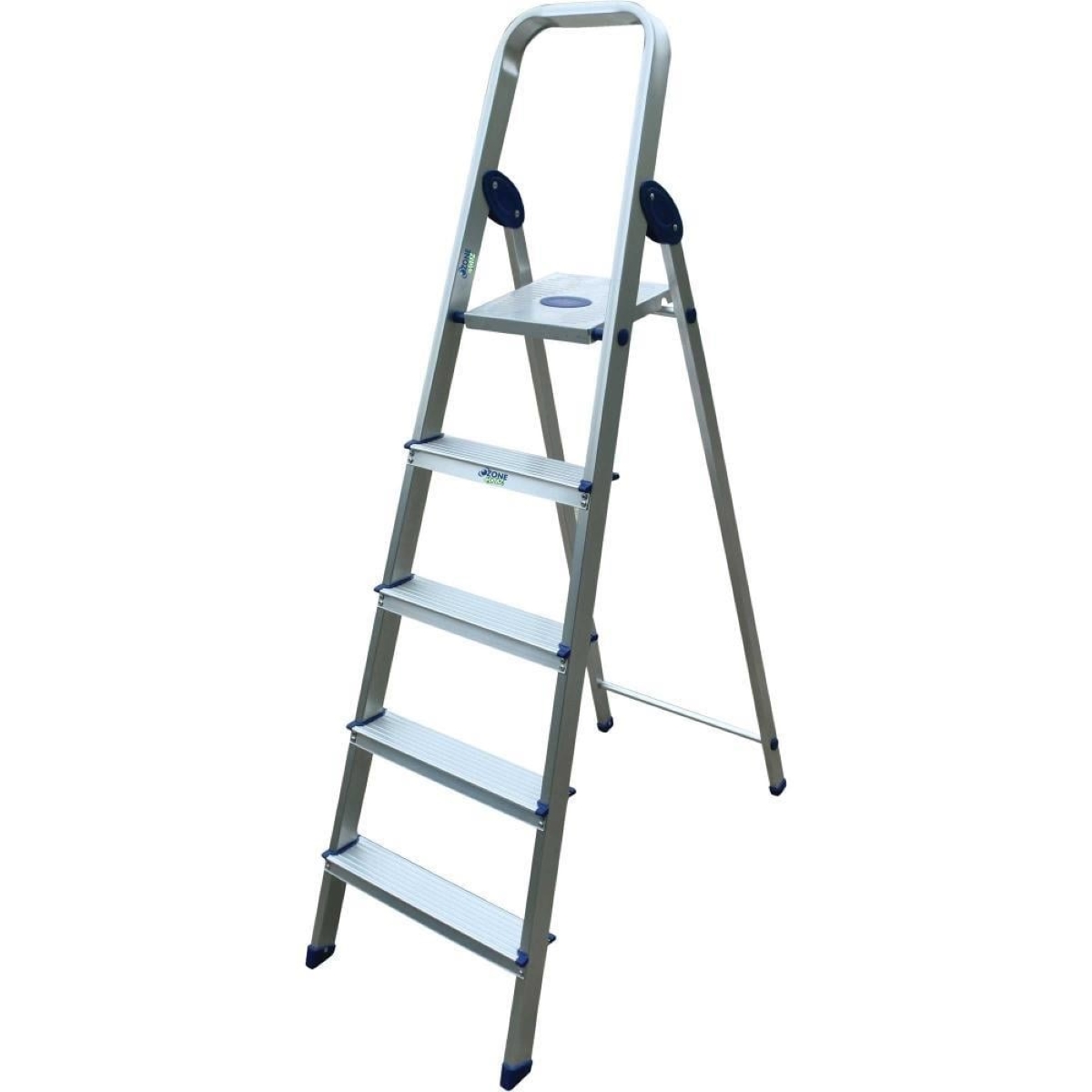
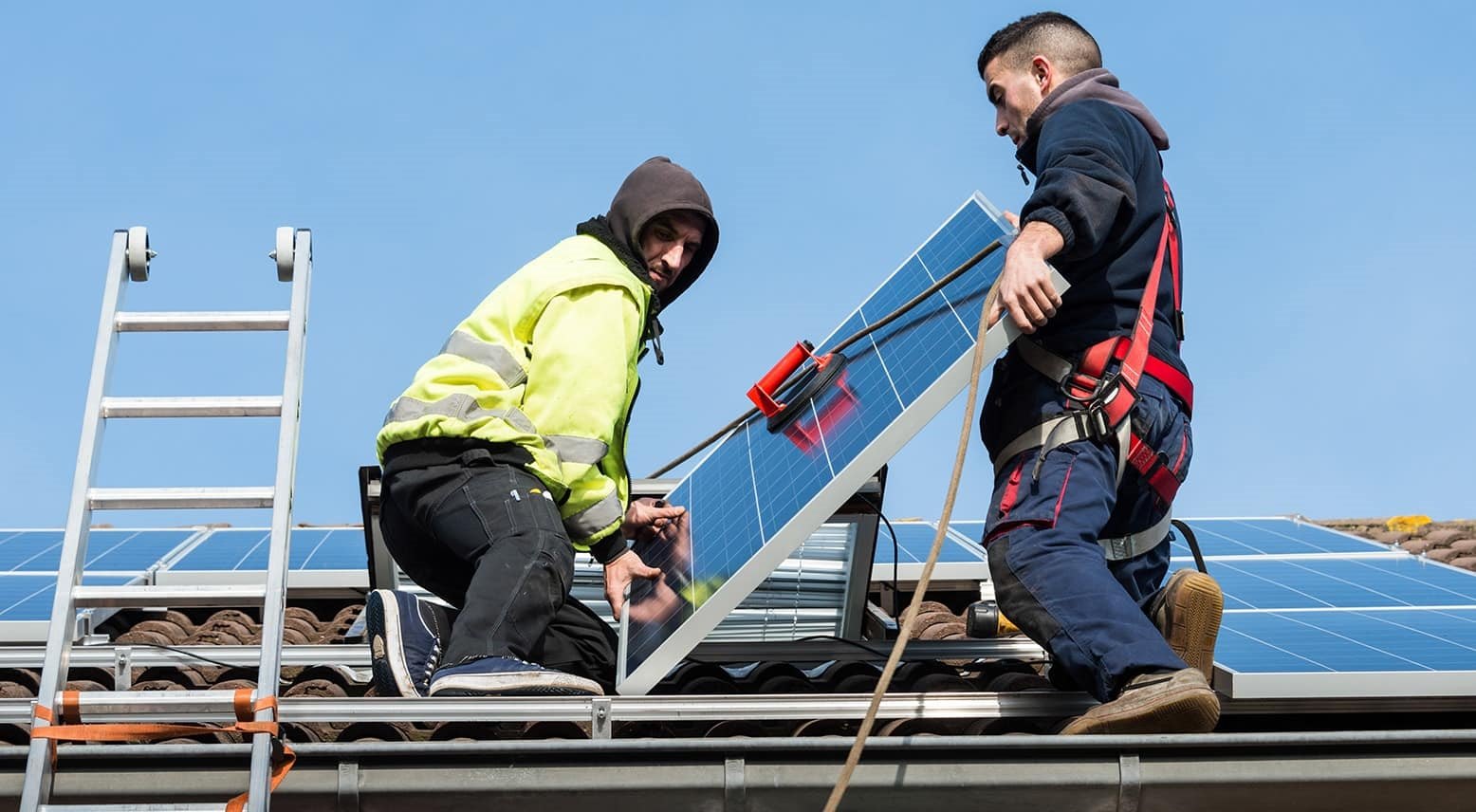
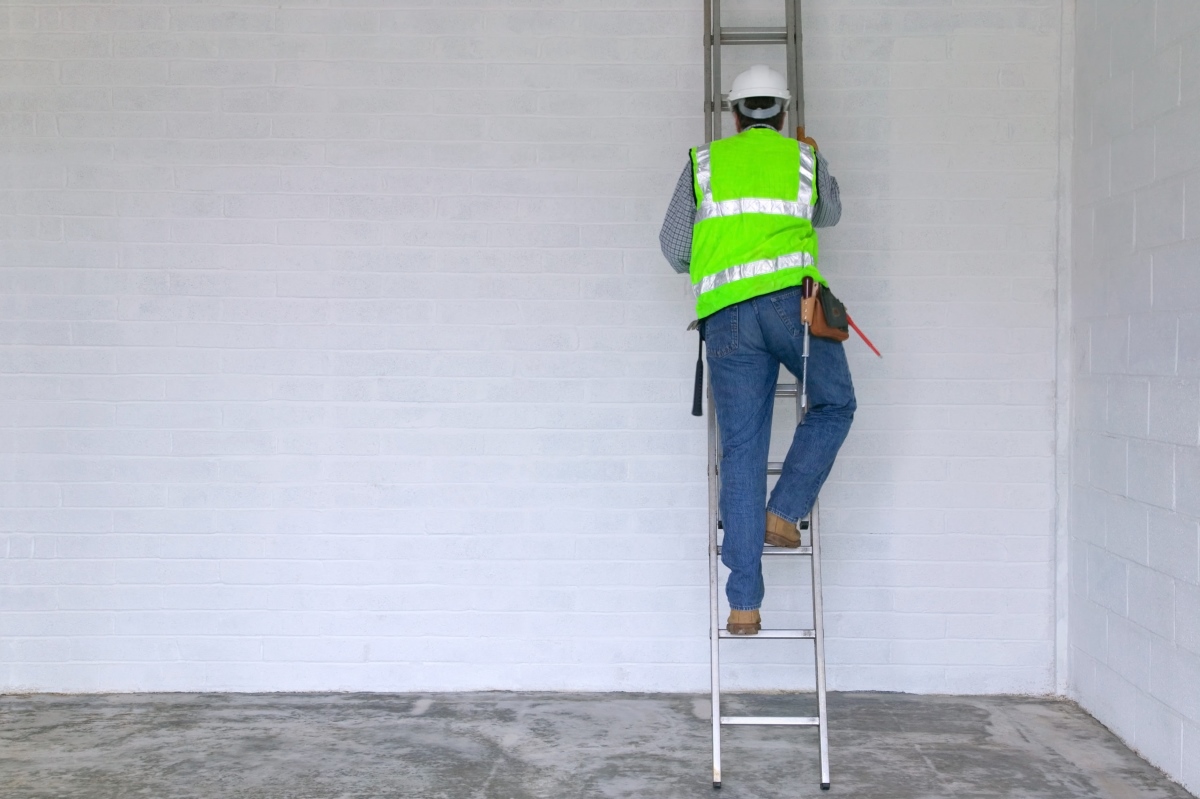
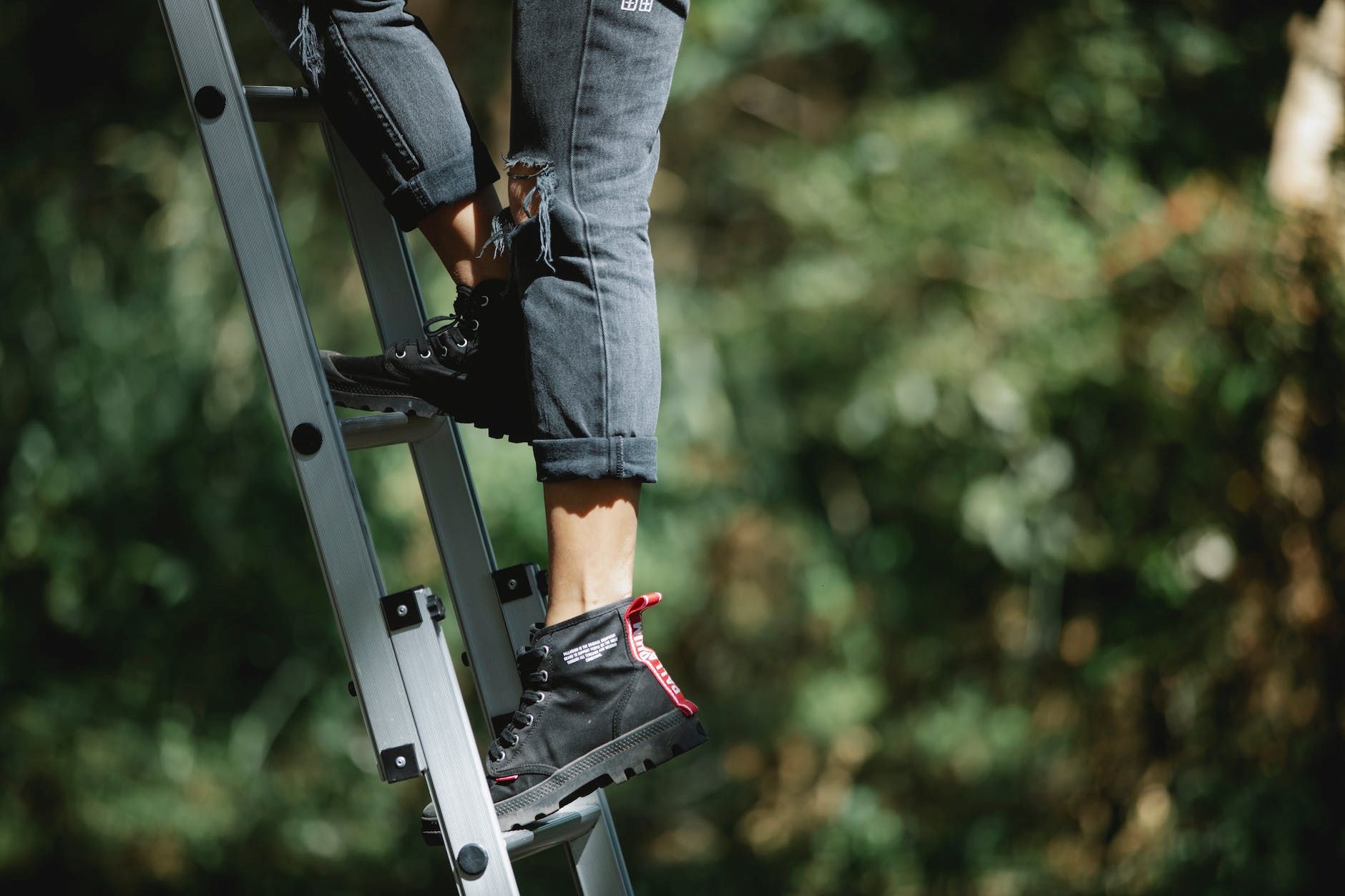
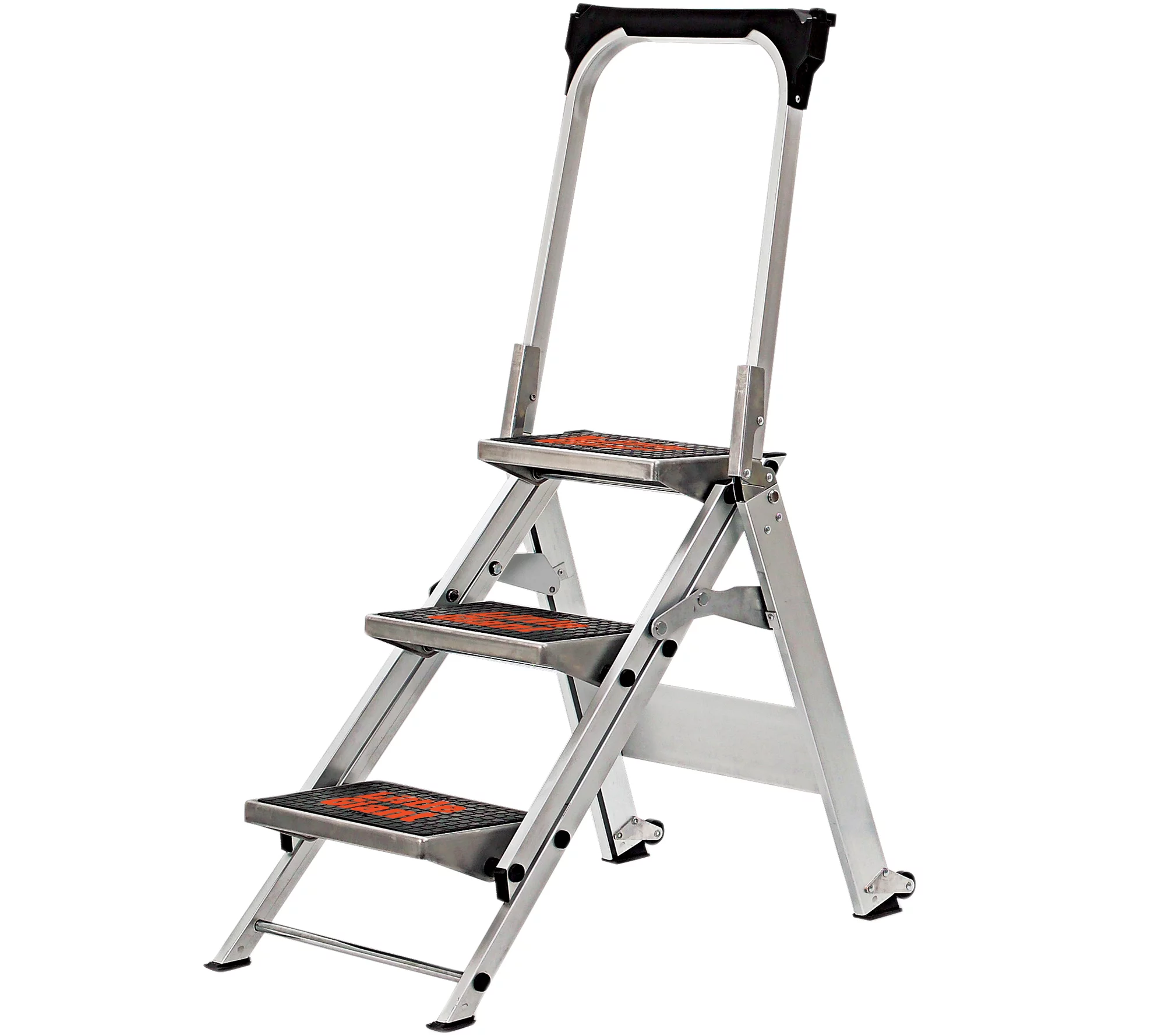
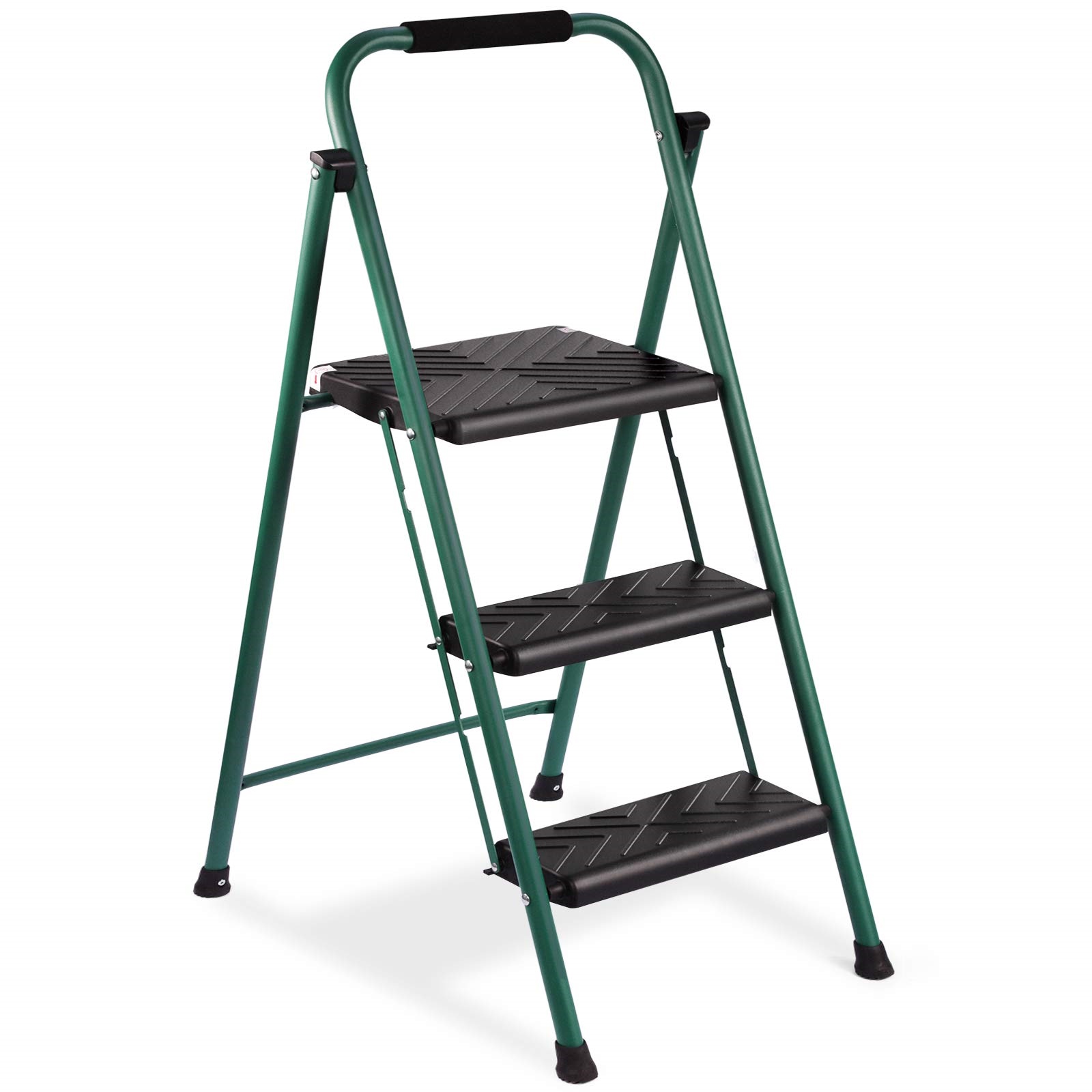
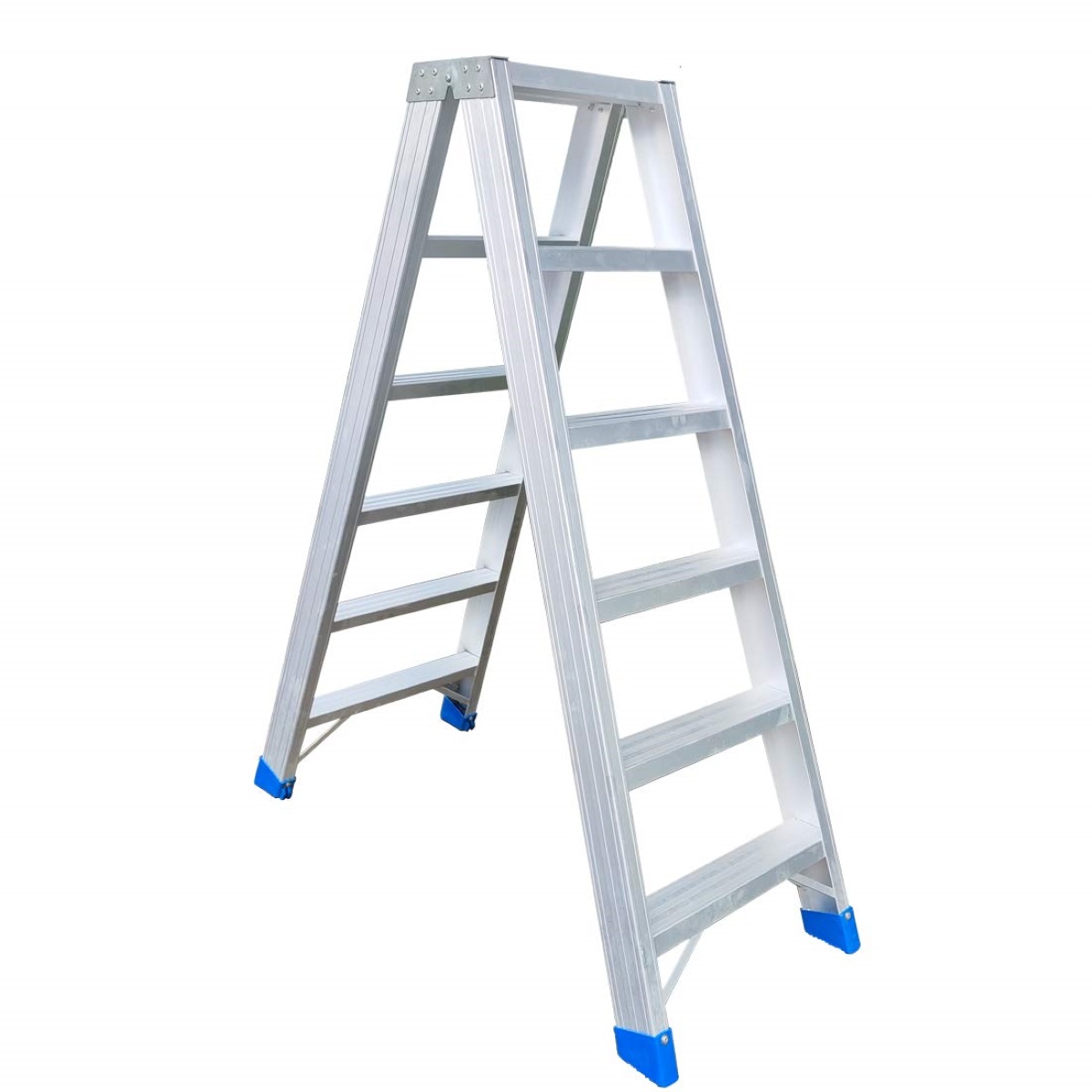
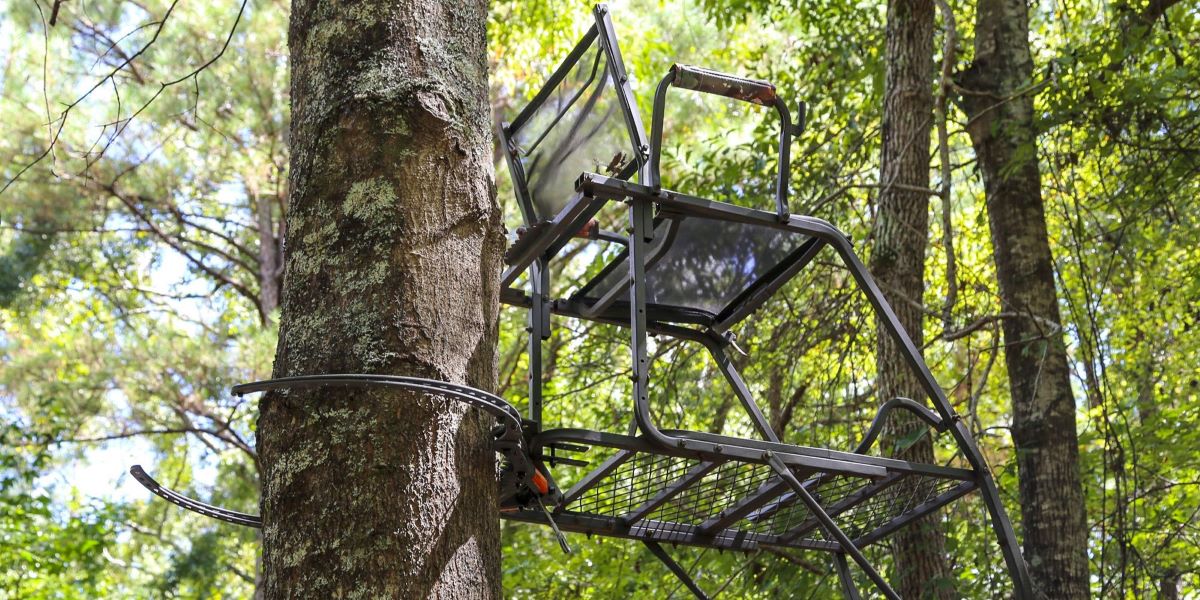
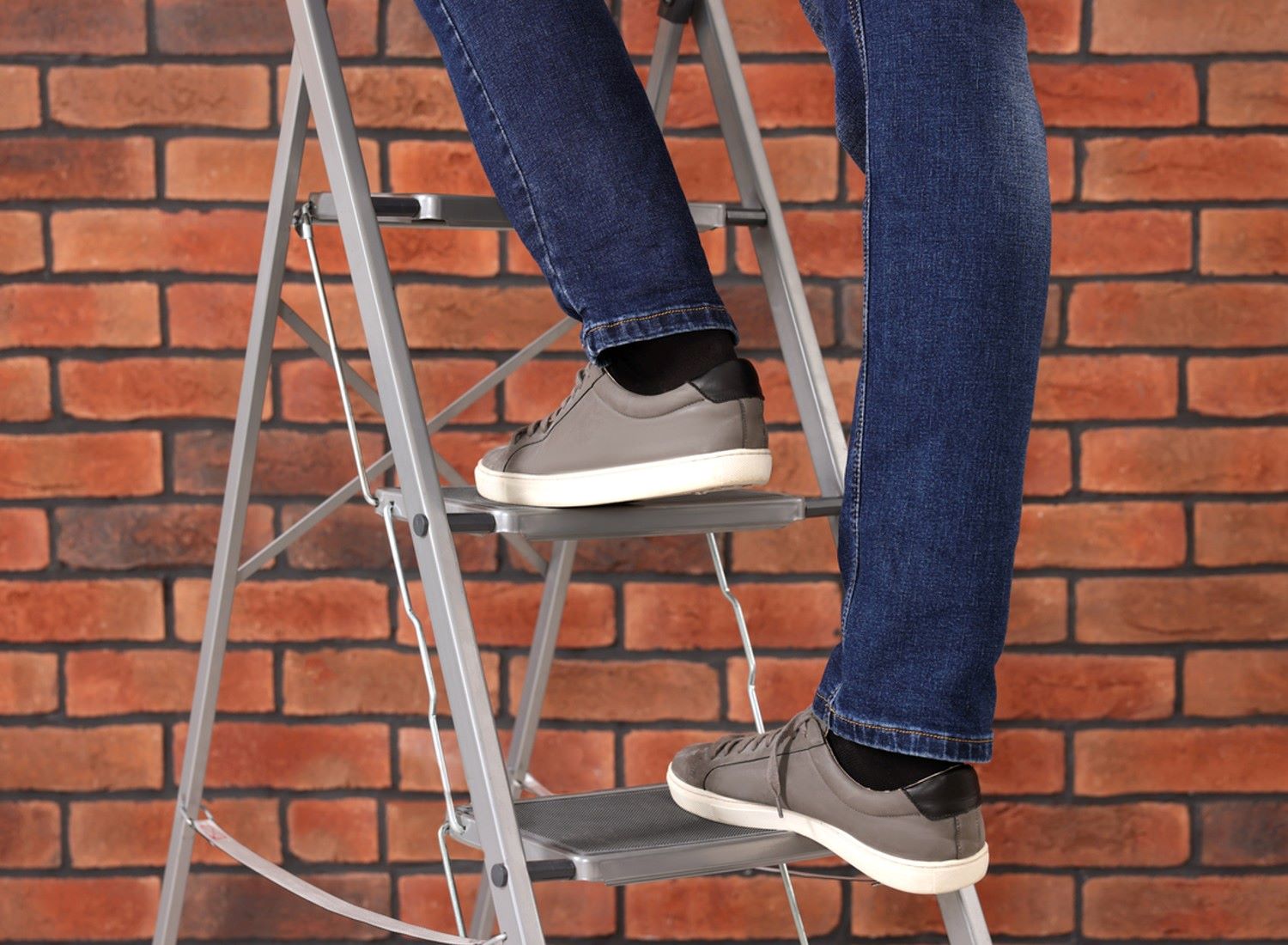

0 thoughts on “Which Rungs Of A Step Ladder Are Not Safe To Stand On?”